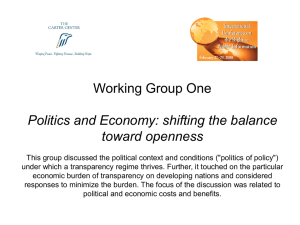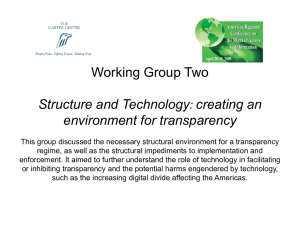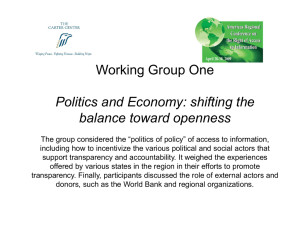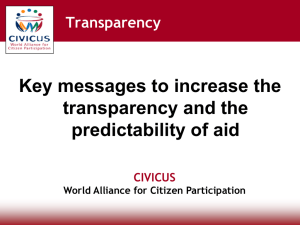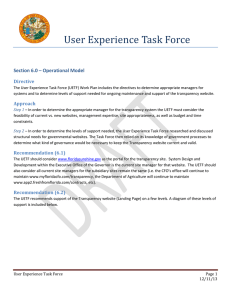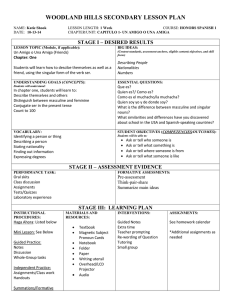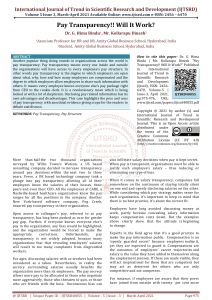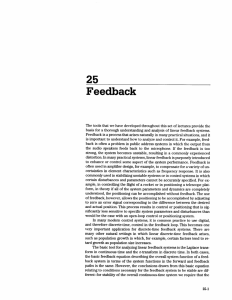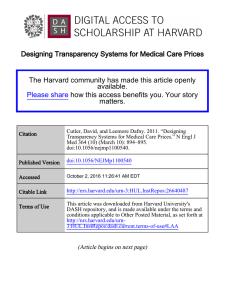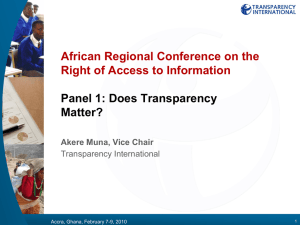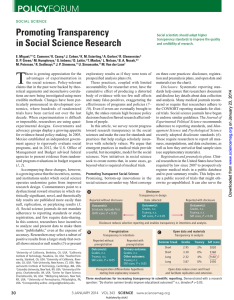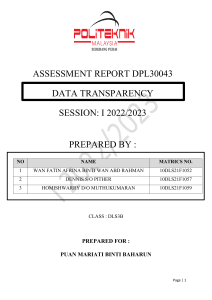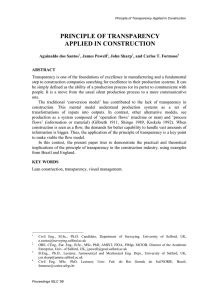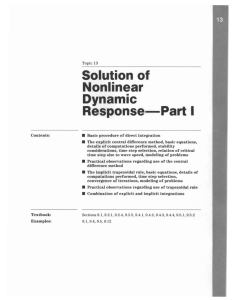Proceedings of 10th Annual London Business Research Conference
advertisement
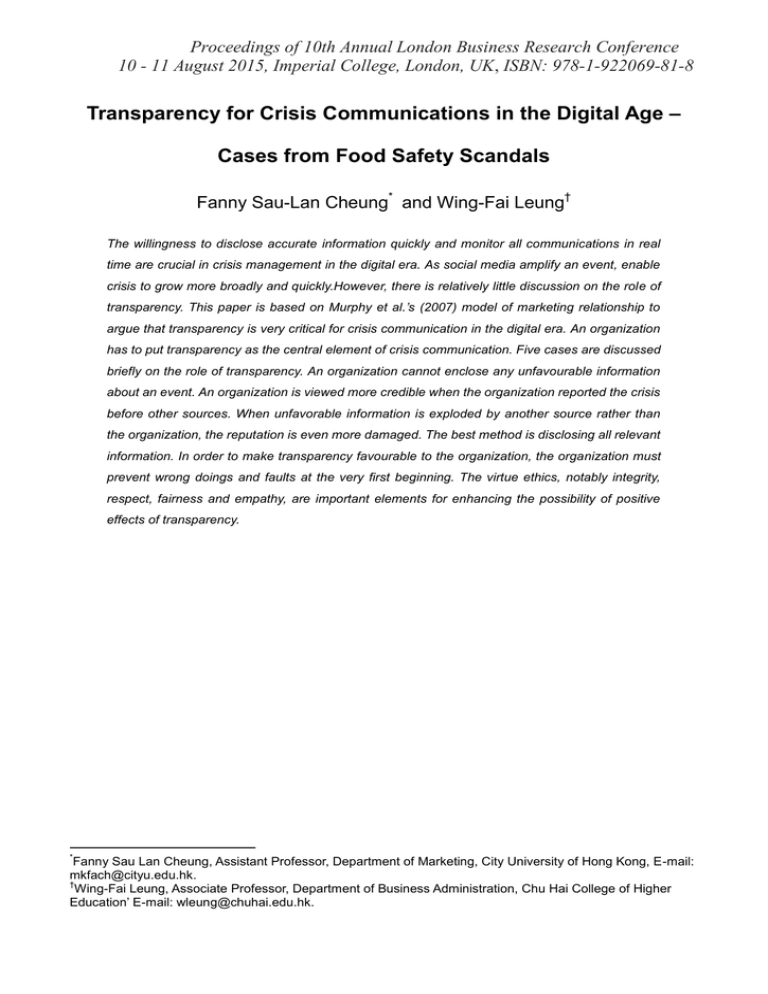
Proceedings of 10th Annual London Business Research Conference 10 - 11 August 2015, Imperial College, London, UK, ISBN: 978-1-922069-81-8 Transparency for Crisis Communications in the Digital Age – Cases from Food Safety Scandals Fanny Sau-Lan Cheung* and Wing-Fai Leung† The willingness to disclose accurate information quickly and monitor all communications in real time are crucial in crisis management in the digital era. As social media amplify an event, enable crisis to grow more broadly and quickly.However, there is relatively little discussion on the role of transparency. This paper is based on Murphy et al.’s (2007) model of marketing relationship to argue that transparency is very critical for crisis communication in the digital era. An organization has to put transparency as the central element of crisis communication. Five cases are discussed briefly on the role of transparency. An organization cannot enclose any unfavourable information about an event. An organization is viewed more credible when the organization reported the crisis before other sources. When unfavorable information is exploded by another source rather than the organization, the reputation is even more damaged. The best method is disclosing all relevant information. In order to make transparency favourable to the organization, the organization must prevent wrong doings and faults at the very first beginning. The virtue ethics, notably integrity, respect, fairness and empathy, are important elements for enhancing the possibility of positive effects of transparency. * Fanny Sau Lan Cheung, Assistant Professor, Department of Marketing, City University of Hong Kong, E-mail: mkfach@cityu.edu.hk. † Wing-Fai Leung, Associate Professor, Department of Business Administration, Chu Hai College of Higher Education’ E-mail: wleung@chuhai.edu.hk.







